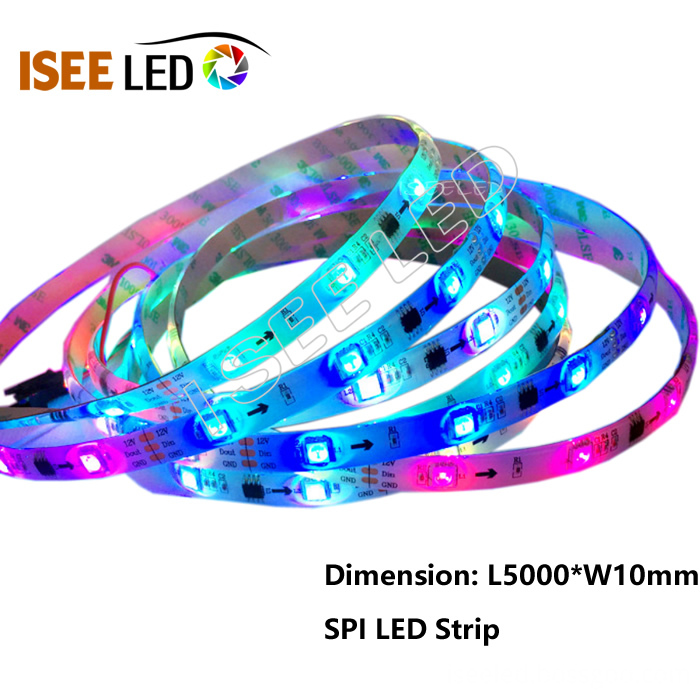To keep your roof watertight and prevent leaks, proper waterproofing is essential during home renovation. A leaking roof can be a major headache, causing damage to the structure and interior of your home. That’s why it's crucial to focus on roof waterproofing when building or renovating a house. This guide will walk you through the process, techniques, and important considerations for effective roof waterproofing.
**How to Waterproof a Roof**
One common issue during roof waterproofing is the joint between new and old walls. These areas should be reinforced with 107 glue and EP waterproof membranes. It’s recommended to extend the waterproof layer by at least 30 cm from the junction to ensure full coverage. The surface of the waterproof membrane can then be used as a base for further finishing layers.
If the roof has complex structures, such as in master bedrooms, using SBS waterproof membranes is a good choice. They are easier to apply and provide reliable protection against water penetration.
**Step-by-Step Roof Waterproofing Process**
1. **Preparation and Base Layer**:
Start by cleaning the roof surface thoroughly. Apply a leveling layer to ensure a smooth and even base. Then, mix the cement adhesive according to the manufacturer's instructions.
2. **Laying the Waterproof Membrane**:
Before applying the waterproof membrane, pre-spread it across the surface and straighten it. Apply the cement adhesive evenly using a brush or trowel, then carefully lay the membrane down. Use a scraper to remove any air bubbles and excess adhesive. The bonding rate between the membrane and the base should be at least 85%.
3. **Seam Construction**:
For joints between the vapor barrier, waterproof layer, and additional layer, use cement adhesive with a lap width of 10 cm. Make sure the seams of the additional layer are offset by at least 5 cm from the main waterproof layer seams.
4. **Protective Layer**:
After the membrane is fully adhered, apply a protective layer of 1:2.5 cement mortar, 2 cm thick. Apply this in two layers, staggering the joints by more than 20 cm. Keep the surface flat and water it regularly for curing.
**Important Precautions**
- Do not work on the roof if the temperature is below 5°C or during rainy weather.
- In humid environments, use ventilation equipment to speed up the drying process and maintain quality.
- Avoid mixing dry sand with water directly; always follow the correct mixing procedure.
- Pay special attention to corners and edges—add a layer of fiberglass mesh for extra reinforcement.
- After applying the slurry, avoid walking on the area for 24 hours and do not wear high-heeled shoes or shoes with spikes.
- Do not place any materials or perform construction on the waterproof layer before the protective layer is in place.
- Only proceed with other coverings once the waterproof layer is completely dry.
- Always wear protective gloves and clothing to avoid direct contact with chemicals.
By following these steps and precautions, you can ensure a long-lasting and effective roof waterproofing system that protects your home from water damage. Whether you're doing it yourself or hiring professionals, proper technique and attention to detail are key to success.
SPI LED Strip Light including the WS2801, WS2811, USC1903, ect. led rgb pixel strip. It is 3 leds 1 pixel type digital led strip. 60leds/m and 30leds/m led addressable led tape are available. High quality and cheap price. widely used for outline profile decoration, clubs, pubs, and so on. With ISEELED DMX decoder, it also can work with Artnet and DMX control system. IP20, IP65, IP67 and IP68 led pixel flexible strip are availble.
Photo show of SPI LED Flexible Strip Light:

Spi Led Flexible Strip Light,Addressable Led Strip,12V Led Strip Lights,Multi Color Led Strip
Shenzhen Iseeled Technology Co., Ltd. , https://www.iseeledlight.com